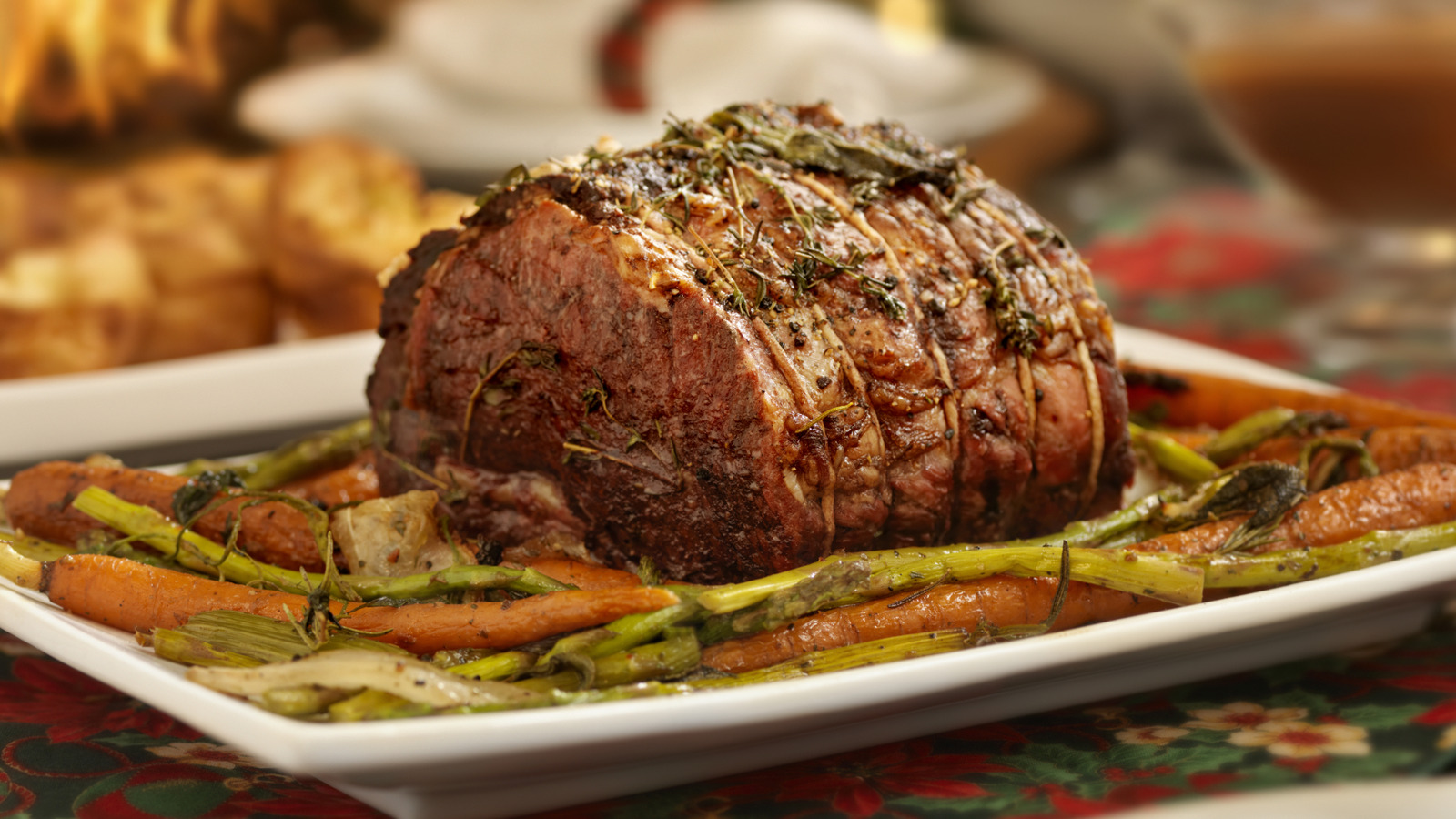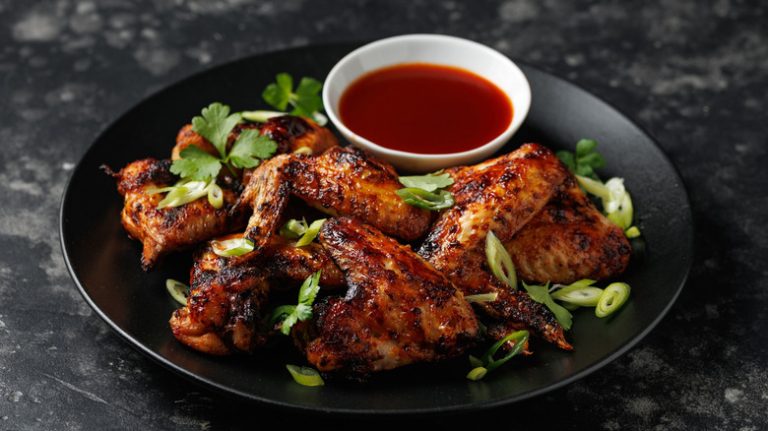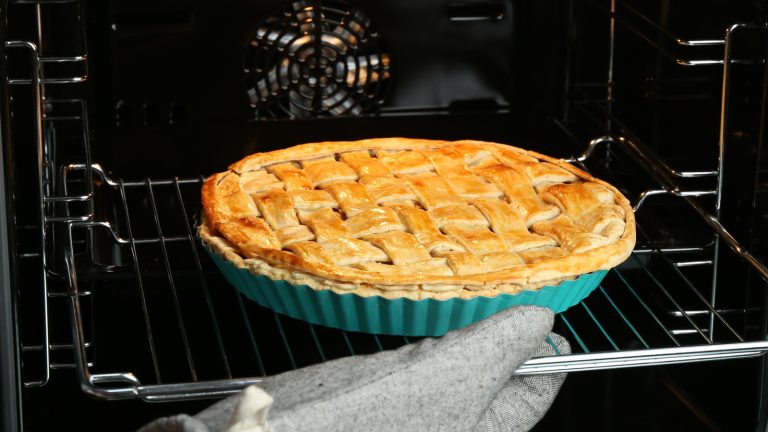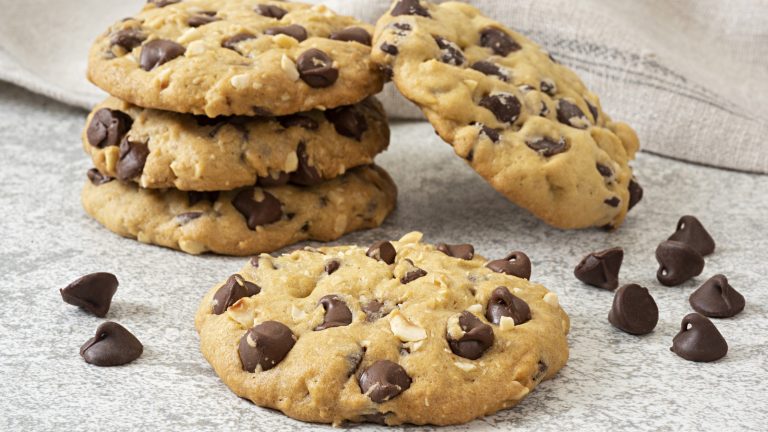When it comes to setting a menu for your guests, it’s best to keep simple holiday serving tips in mind; keep things balanced with a plate of carbs, protein, and veggies. But the question is, how much of everything should you make? Well, it’s okay to go overboard on the carbs and veggies because they are easy leftovers to revive, but the protein is a different story. For this serving tip, we’re looking specifically at slow-roasted prime rib, which is a great party protein. It’s fancy yet rustic, and aside from the several hours it takes to roast, there’s very little work that goes into this delicious dish.
We spoke to Chef K.C. Gulbro, owner of FoxFire and Chef Ambassador for Certified Angus Beef to get his expert advice on cooking up prime rib for a smaller crowd. According to Chef Gulbro, “When cooking prime rib for a smaller crowd, a 2-bone prime rib (about 4-5 pounds) is the smallest size you should consider. This size ensures the meat cooks evenly and retains its juiciness, typically serving 4-5 people.” Chef Gulbro brings up a good point when it comes to picking a protein to serve your guests: Smaller parties require more strategic thinking when it comes to cuts of meat. Certain braising cuts, like brisket, chuck roast, and pork shoulder cook up better in larger portions and are therefore not as well suited for a more intimate soiree.
Spring for prime rib to impress your guests

Prime rib, or what some people call the standing rib, comes from the primal rib section (i.e. the center portion) of cattle. Unlike humans, cows have an extra rib on each side for a total of 13, which means the cut comes from those middle seven ribs. There is some debate over which part of those seven ribs are the better cuts of meat; the ones toward the back (the loin portion) vs. the front (the chuck portion) of the cattle. The “first cut,” or the ribs toward the back end of the cattle, tend to have less connective tissue and are therefore more tender. However, the “second cut,” the ribs toward the front portion of the cattle, may be tougher but they have more fat, which people prefer as a flavor enhancer when slow-roasting meat.
Prime rib also has a bit of a confusing name considering it may or may not technically be USDA Prime beef. Because prime rib has “prime” in its title, it’s important to note the grade of beef you’re buying before you purchase it. In general, prime rib is a nicer cut of meat, making it the perfect buy if you want your guests to feel extra special and pampered in your home. We compared prime rib prices among three butchers and found prime rib to range from as low as $28.99 to as high as $38 a pound. Remember: prices can vary greatly depending on the grade of your beef and what portion of the cow it comes from.






